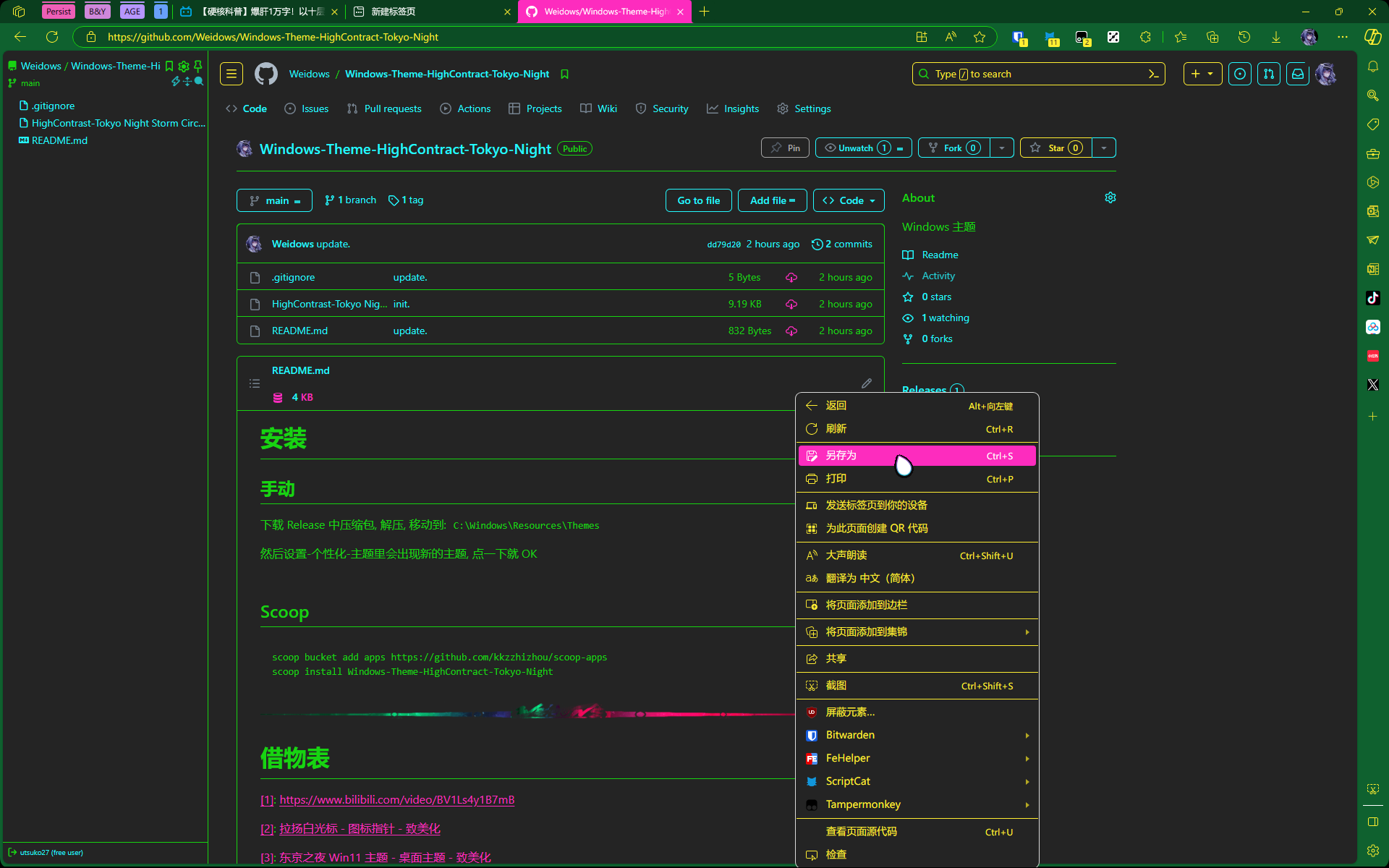import java.lang.annotation.ElementType;
import java.lang.annotation.Retention;
import java.lang.annotation.RetentionPolicy;
import java.lang.annotation.Target;
public class Annotation {
public static void main(String[] args) throws NoSuchFieldException, SecurityException {
java.lang.annotation.Annotation[] annotations = Student1.class.getAnnotations();
for (java.lang.annotation.Annotation annotation : annotations) {
System.out.println(annotation);
}
Table annotation = Student1.class.getAnnotation(Table.class);
System.out.println(annotation.value());
java.lang.reflect.Field f = Student1.class.getDeclaredField("name");
Field annotation1 = f.getAnnotation(Field.class);
System.out.println(annotation1.columnName() + "\t" + annotation1.type() + "\t" + annotation1.length());
}
}
@Table(value = "db_student")
class Student1 {
@Field(columnName = "db_id", type = "int", length = 10)
private int id;
@Field(columnName = "db_age", type = "int", length = 10)
private int age;
@Field(columnName = "db_name", type = "varchar", length = 3)
private String name;
public Student1() {
}
public Student1(int id, int age, String name) {
this.id = id;
this.age = age;
this.name = name;
}
public int getId() {
return id;
}
public void setId(int id) {
this.id = id;
}
public int getAge() {
return age;
}
public void setAge(int age) {
this.age = age;
}
public String getName() {
return name;
}
public void setName(String name) {
this.name = name;
}
@Override
public String toString() {
return "Student [age=" + age + ", id=" + id + ", name=" + name + "]";
}
}
@Target(ElementType.TYPE)
@Retention(RetentionPolicy.RUNTIME)
@interface Table {
String value();
}
@Target(ElementType.FIELD)
@Retention(RetentionPolicy.RUNTIME)
@interface Field {
String columnName();
String type();
int length();
}
|











